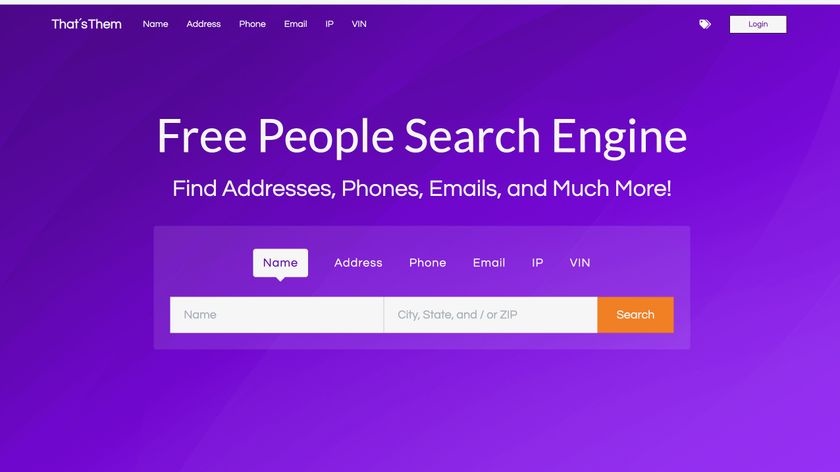AWS is giving football fans another way to study the beautiful game
Real-time AWS statistics will give armchair tacticians plenty to play with

With the pandemic keeping many of us indoors, there have been precious few entertainment options available. But the return of live football has offered a much-needed dose of escapism, even if fans have not yet returned to stadiums in most countries.
Now, Amazon Web Services is partnering with the German Bundesliga to take this home viewing experience to new heights, using data collected in real-time to give fans greater insight into the game playing out in front of their eyes.
The company debuted its live Match Facts system last year, harnessing cloud infrastructure and artificial intelligence (AI) to serve statistics on average player positions and expected goals in real-time. During the upcoming Bundesliga tie between RB Leipzig and FC Augsburg, however, three additional data insights will also be available: attacking zones, most pressed player and positional trends.
- Here's our list of the best database software right now
- We've built a list of the best cloud databases out there
- Check out our list of the best database design software on the market
Attacking zones is not dissimilar to existing data points used by pundits, highlighting the areas of the attacking third each team is aiming to exploit, but real-time insight into the most pressed player will be novel for fans. Quantifying pressure applied to a player has previously proved challenging, but AWS will combine data on the distances between each player and their direction of travel to establish the individuals the opposition is most eager to close down.
Analysis of positional trends, meanwhile, will help fans identify the effects of specific incidents on the shape of the game, highlighting any marked positional changes that occur after a goal or red card, for instance.
These statistics will be available as simple graphics during broadcasts and will also be published via the Bundesliga app throughout the season.
According to Simon Rolfes, ex-Bayer Leverkusen captain turned AWS Technical Ambassador, each game has its own story and access to the three new Match Facts will help viewers tease out the full picture.
Are you a pro? Subscribe to our newsletter
Sign up to the TechRadar Pro newsletter to get all the top news, opinion, features and guidance your business needs to succeed!
“The fans are always asking for more information, that’s why many people already watch with a dual-screen set-up,” he told TechRadar Pro. “Whether it’s a substitution or tactical change from the coach, it’s always interesting to understand how key moments impact the match.”
The beautiful game
It’s not just fans that will benefit from tighter analysis of player data, however, because the data revolution in football extends far beyond broadcast. Analysis of performance metrics of all kinds now play a significant role in team selection, pre-match preparation, training strategy and recruitment.
In England, Arsenal FC acquired analytics firm StatDNA for circa £2 million in 2012, with the goal of uncovering hidden talent available at discount prices. It is thought StatDNA analysis led directly to the signings of players such as Mohammed Elneny and Gabriel Paulista.
Fellow Premier League outfit Burnley FC, meanwhile, recently launched a new AI system that analyses video footage of players to determine whether they have what it takes to play at academy level, democratizing the recruitment process.
During his time playing in the Bundesliga, from 2002 until 2015, Rolfes says the use of data at the training ground became commonplace and has changed the way coaches assess the performance of their players.
“The data is getting better and better and coaches no longer have to rely just on their feeling from the touchline,” he said. “Some coaches are more open to the use of data than others, but it’s now a helpful tool for most of them.”

Metrics such as distance travelled, for example, are often used by backroom staff to determine which players to substitute during a game. If a player is approaching his or her threshold, coaches can use the data to establish when to bring on a replacement as well as the profile of the optimal substitute.
Players were a little worried when these kinds of statistics first arrived, says Rolfes, fearful that distance covered or passes completed might be used as a proxy for quality of performance, but have largely come to appreciate the opportunities data analysis provides.
Asked whether we might be losing something by scrutinizing every inch of the game through the lens of cold, hard data, Rolfes said he believes that the core artistry of football remains untouched.
“In the end, there was no real change in the behaviour of players on the pitch. Really, the players view data as a useful tool to help prepare for the next game and gain insight into the weaknesses of the opposition.”
“But there is still surprise within every game. Data helps us to understand the match and the tactics, but the quantity and speed of decisions made in the heat of the action means games will always have an element of surprise.”
- Here's our list of the best SQL courses right now

Joel Khalili is the News and Features Editor at TechRadar Pro, covering cybersecurity, data privacy, cloud, AI, blockchain, internet infrastructure, 5G, data storage and computing. He's responsible for curating our news content, as well as commissioning and producing features on the technologies that are transforming the way the world does business.
















